The Gard, located in the Languedoc Roussillon region of France, holds many relics of its Roman past. It is the home of Nimes, Agues Mortes and portions of the wild Camargue. Not to be missed is the spectacular Pont du Gard, a UNESCO Heritage site, a massive aqueduct built by the Romans to bring water from the spring at Eure d’Uzès to Nîmes.
What to see in Nimes
Two thousand years of history, architecture, and art are to be found in Nimes, a lovely and surprisingly un-touristed city. Wander through the streets to feel the Roman atmosphere. And if you look carefully, you will see lots of medallions and statues of a crocodile chained to a palm tree with the inscription “COLNEM” an abbreviation of ‘Colonia Nemausus’, meaning the ‘colony’ or ’settlement’ of Nemausus. The town of Nîmes was then called Nemausus, after the god of the same name. Roman soldiers who had served Julius Caesar in his Nile campaigns, were given plots of land to cultivate in Nîmes. The chained crocodile has now become the city’s symbol.
Les Arenes (the Amphitheatre)
Built at the end of the first century AD, Nimes Coliseum can hold 23,000 spectators. It is now used for bull fights and special events.
The Maison Carrée
Maison Carrée is the main temple in the forum of the Gallo-Roman city and arguably the best preserved Roman temple in the world.
Porte d’Auguste (Augustus’s Gate)
Built at the entrance to the Roman road linking Italy to Spain – the Via Domitia , Porte d’Auguste (or Porte d’Arles) was one of the main gates to the Roman town. It consists of two central passages for vehicles flanked by two smaller ones for pedestrians. It was originally fortified with a tower on each side.
Temple de Diane
The last visible remains of the Gallo-Roman sanctuary, the Temple of Diana was part of a set of buildings close to the spring and whose substructions were found in about 1739 during work in the area. It now consists only of a nave with a barrel vault and two lateral corridors, with the south-east one almost completely destroyed.
Jardins de la Fontaine
In the eighteenth century, this ancient site was discovered and the Jardins de la Fontaine became reality through the work of Jean-Philippe Mareschal, the king’s military engineer, and the Nîmes architect, Pierre Dardailhon.
Nimes Markets:
- Flea market – Sunday morning 7 a.m. – 1 p.m. Champ de foire – Marché gare. Market items, clothes, sweets, textiles – Monday 7 a.m. – 6 p.m. Parking du Stade des Costières
- Food market – From Monday to Sunday 6.30 a.m. – 1 p.m. Les Halles de Nîmes (Covered market) Rue Général Perrier
- Farmers’ market – Tuesday Chemin bas d’Avignon – 7 a.m. – 1 p.m.
- Farmers’ market – Wednesday 7 a.m. – 1 p.m. Nîmes Ouest Debussy
- Farmers’ market – Friday 7 a.m. – 1 p.m. Boulevard Jean Jaurès South
- Food market – Saturday 8 a.m. – 1 p.m. Saint Césaire – Place du Griffe
- Arts and crafts market – Sunday 9 a.m. – 5 p.m – Every two weeks Boulevard Gambetta
What to see in Aigues Mortes
Aigues Mortes, a picturesque, medieval town in the heart of the Camargue, was founded in the 13th century by St. Louis, King of France. The town was fortified to guard against the Sarrasins in the 100 years’ war, and in the 16th century from the Spanish assailants. Today it is a delightful town that is proud of its past, but enjoys its present.
Notre Dame des Sablons
The oldest monument of the town, this church is dedicated to the Virgin Mary. It is named Notre Dame des Sablons in reference to sandy marshes around the city.
Constance Tower
The imposing Constance Tower was the defense archway controlling the only access to the city.
The Camargue
More than 100 species of migrating birds, including flamingos, stop over in the Camargue. This marshland wilderness also hosts wild bulls, white horses and cowboys called Les Gardians de la Camargue.
Parc Ornithologique de Pont de Grau
This fabulous ornithological park is located beside the D570 road near Ste. Maries-de-la-Mer. Long paths circle out through the marshes away from the center, where you see nature as it should be with birds wading and fishing, fish jumping half out of the water and muskrats swimming along the edges or crossing the paths in front of you.
Musée Camarguais
The Camargue Museum is located in the old “bergerie” Mas at Pont de Rousty, on the D570 in the northern part of the park. The long sheep-barn houses a geological and historical presentation of the Camargue, beginning with the formation of the Rhône delta 7,000 years ago, and continuing through the Antiquity and the Middle Ages.
Food Specialties of the Gard
Telline: A small shellfish eaten as an ‘aperitif’ or starter, fried in a pan and flavored with a lemon sauce.
Brandade de Nîmes:The gastronomy of Nîmes combines cod and olive oil to create its famous ‘brandade’ (a dish of flaked salt cod) obtained by
crushing the cod with a ‘mortar’ and pestle. Flavored with olive oil and herbs, ‘brandade’ is served with boiled or croquette potatoes.
Salt: For centuries, salt has been harvested on the banks of the Mediterranean. The ‘Fleur de Sel’ from the Camargue, is made up of fine crystals, and is greatly appreciated by gourmets, improving the flavor of the simplest and most refined dishes.
Camargue Rice: The Camargue produces almost all the French rice grown for home consumption. Thanks to the dikes on the Rhône, rice growing has become an indispensable part of the Camargue ecology. Rice is often the accompaniment to Languedocian cuisine: ‘gardianne de taureau’ (bull stew), squid with ‘rouille’ sauce and numerous fish and meat dishes.
Camargue beef: This strong meat is eaten as ‘gardianne’ (marinated in wine) or grilled, usually during the bull-fighting festivals in the Petite Camargue.
La Tapenade: a purée of black or green olives, mashed up with fillets of anchovy, mustard and spices, it makes a delicious paté. It is served on warm toast, flavored with garlic as an aperitif.
Written by Terri Fogarty for EuropeUpClose.com

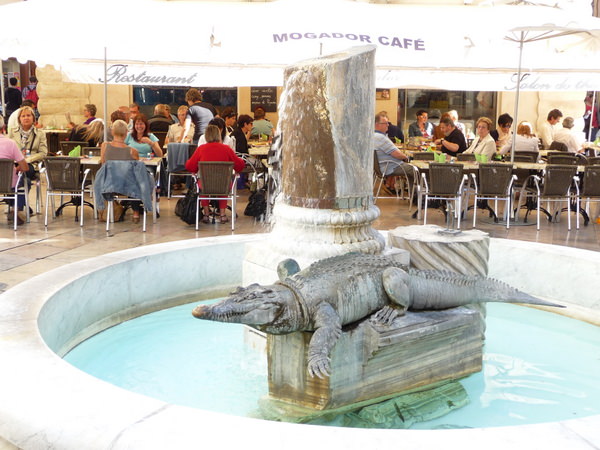
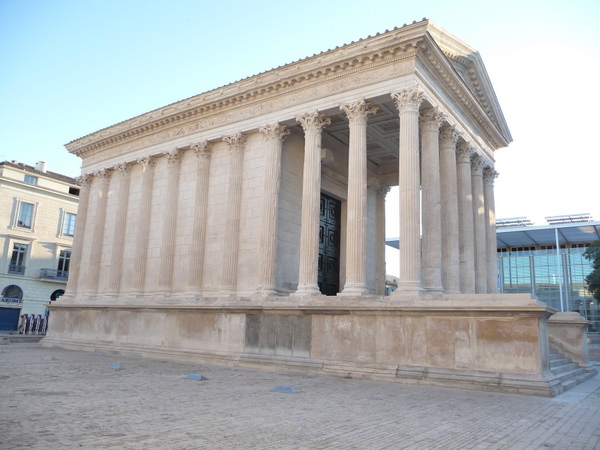
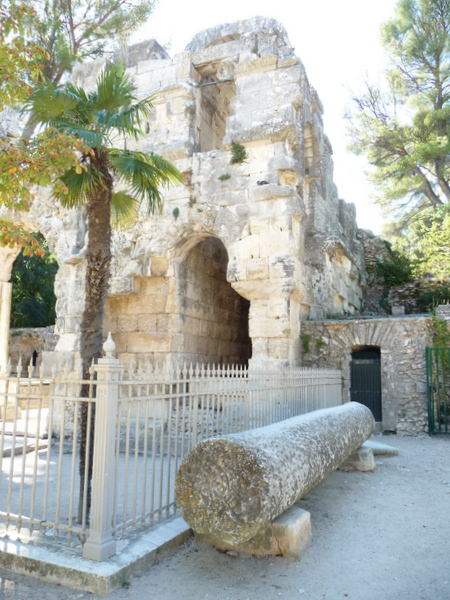
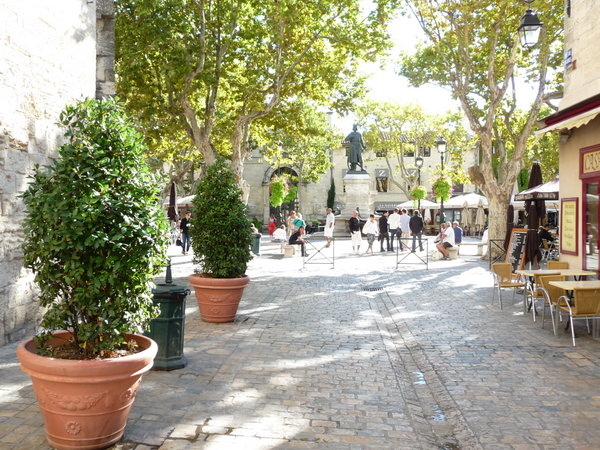
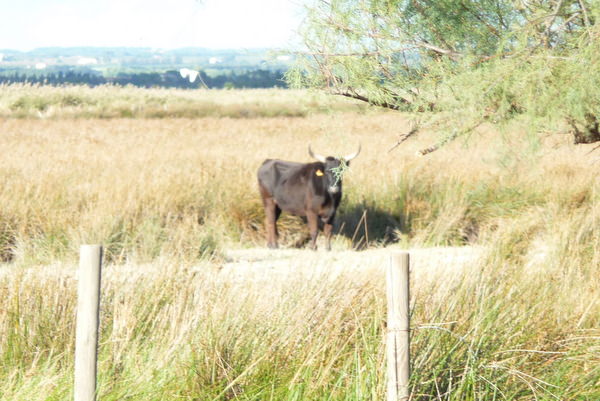
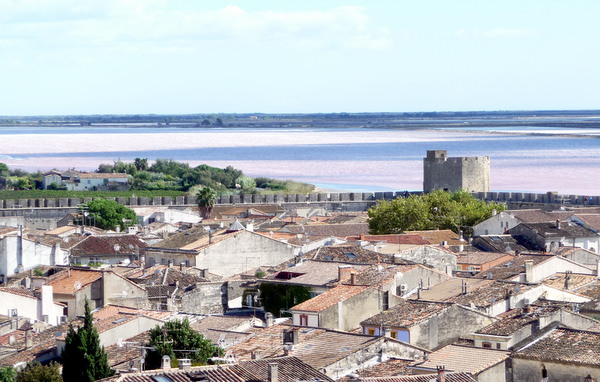
Back in Time to Villeneuve les Avignon
Friday 26th of September 2014
[…] moment in Montpellier, we shoot north for fresh adventures—first, through the old Roman city of Nimes, barreling east to sleepy Tarascon for delicious fresh seafood paella in the main square by the […]
Where to Stay in Languedoc Roussillon | EuropeUpClose.com
Tuesday 15th of October 2013
[...] refurbished hotel is located in a quiet part of Nimes, but in walking distance to all the ancient Roman sights. There is a certain elegance to this hotel that reminds me of Napoleon. It has a spacious garden [...]